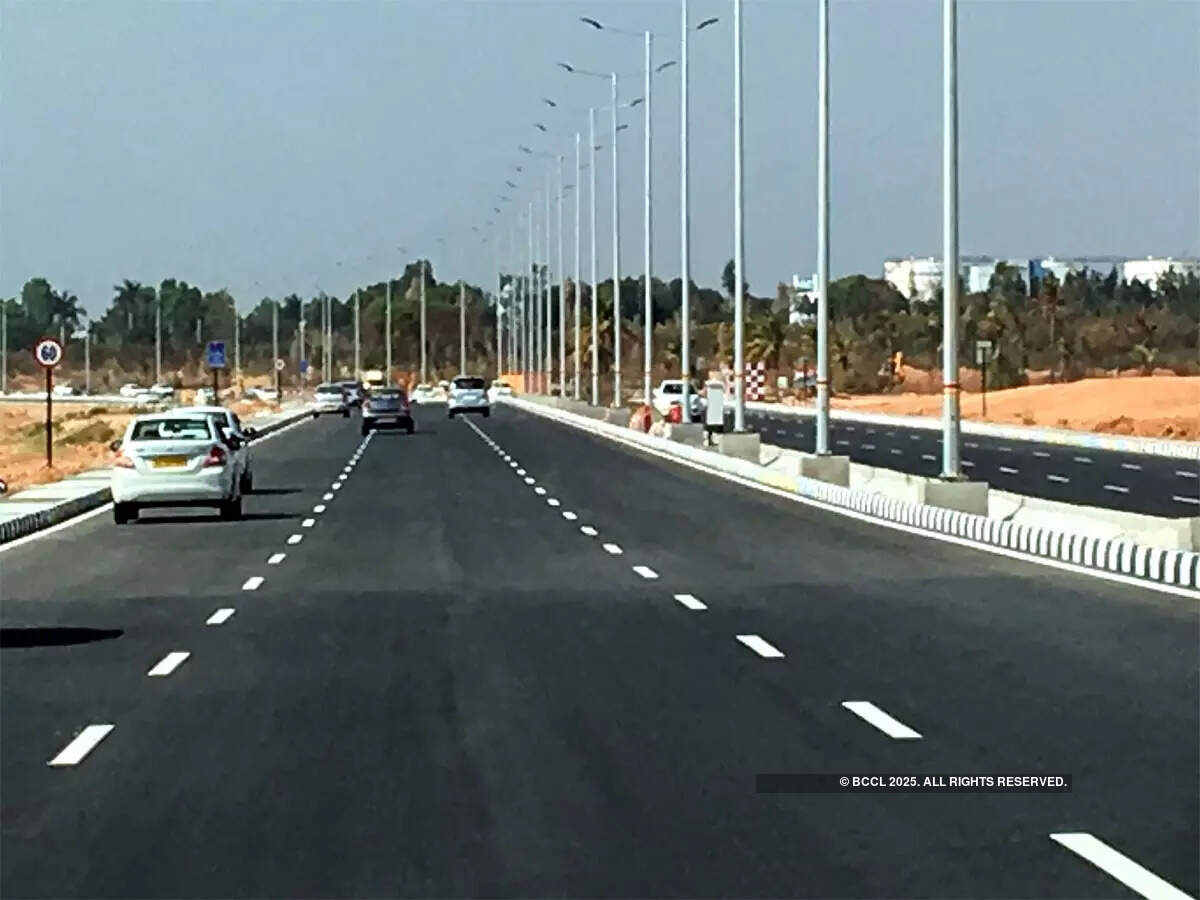
The National Highways Authority of India will soon amend the model concession agreement for built-operate-transfer (BOT) model to attract investments as it aims to bid out 53 projects worth over INR 2.2 lakh crore and covering a length of 5200 km.
The proposed modifications include modifications in concession period based on actual traffic (PCU) vs tolling groups of vehicles, re-visiting of actual traffic exceeding design capacity, and compensation for delays on the part of authority.
Even force-majeure cause will have clearly defined termination payments before project completion with a new provision of buy back in case of additional tollway or competing road.
“NHAI is making efforts to fast-track clearances and make the entire system transparent and time-bound to make BOT projects attractive,” road transport minister Nitin Gadkari said at the conference on BOT projects, organised by the ministry of road transport and highway, on Wednesday.
“We want to give a renewed push to BOT projects and have urged banks to liberalise financing to the road infrastructure sector,” he added.
Minister Gadkari urged concessionaires to improve the quality of road construction, reduce the cost of construction by adopting better and latest technologies as it will make the projects viable.
“The idea is to eliminate discrepancies and make BOT projects attractive,” NHAI chairman SK Yadav said, adding the amendments to the model concession agreement will be finalised by end of this month.
At present, projects are being awarded on engineering procurement construction (EPC) or hybrid annuity mode (HAM) due to various challenges in implementation of BOT projects.
The government has taken many initiatives in the past for revival of BOT projects including schemes like harmonious substitution, one time fund infusion, rationalized compensation, premium deferment and allowing refinancing.
The ministry has already invited bids for seven projects with a length of 387 km worth INR 27,000 crore under BOT.
As per the government’s ‘Vision 2047’, a large number of high-speed corridors are being developed and the government feels that a robust public private partnership will play a pivotal role in realizing this vision and will greatly contribute towards the development as well as operation and maintenance of a world class national highway network in the country.

